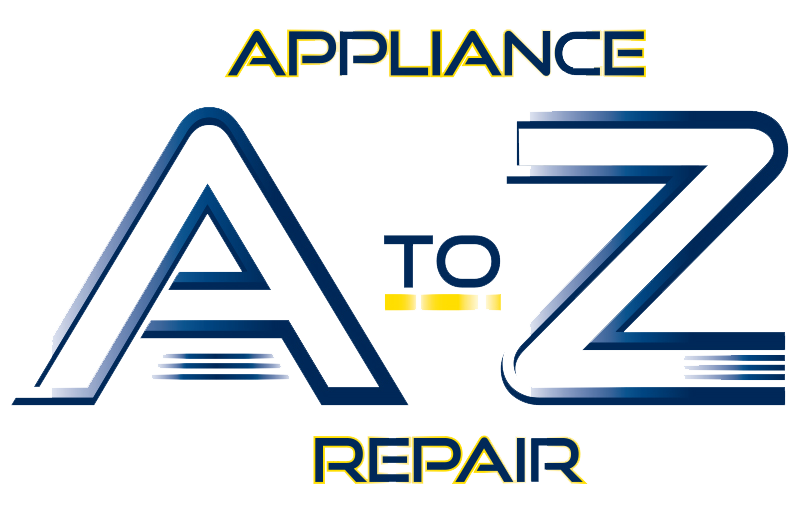Washer Repair
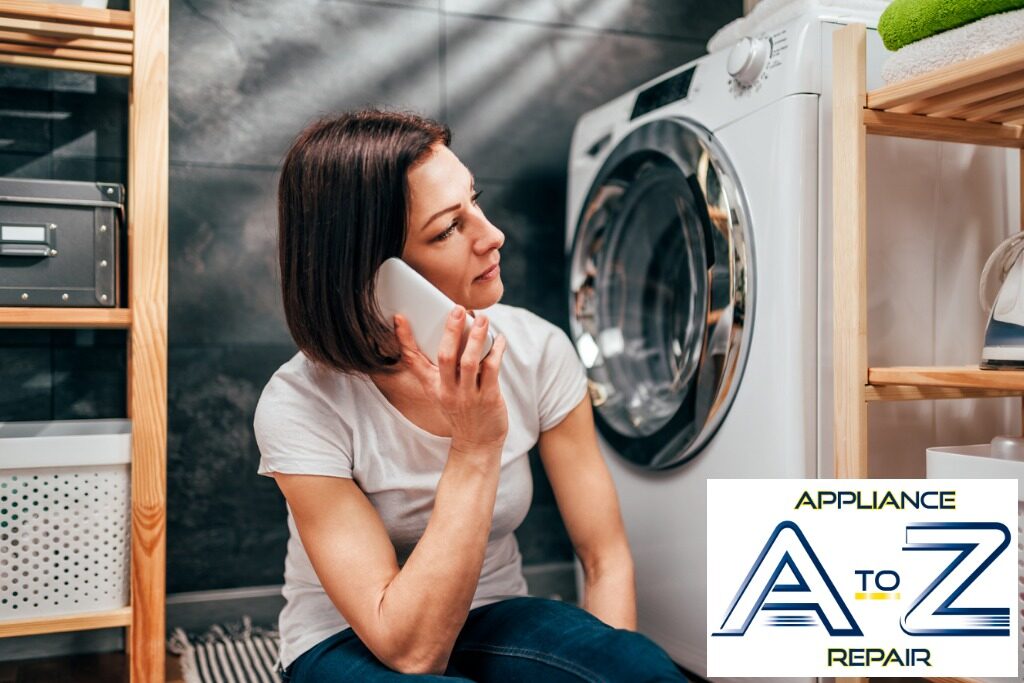
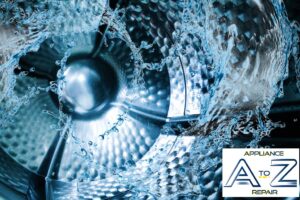

Washer Repair
There are a few things you can look into fixing yourself when having problems. This will save you time and money. As silly as they might sound, they happen often in our field of work.
When all else fails, and you need to have someone repair your washer in East Valley, call Leonard at (480) 440-7234 or click here to message our technician submit your request and we will contact you promptly to assist you with your appliance repair needs. Our customers are our greatest asset and your recommendation to your friends is your greatest compliment to us. We are more than happy to answer any questions about washer repairs that you might have, even for the "do-it-yourselfers".
How a Washing Machine Works
Washing machines get clothing clean by plunging the clothes through the water and detergent mixture. It is the motion that really helps to loosen dirt.
In top loading machines the agitator twists back and forth pulling the clothes down to the bottom of the tub. The clothes then work their way back up to the top where the agitator grabs them again. In a front loading machine, the clothes tumble and are plunged into the water over and over again. After the water is pumped out, the inner drum uses centrifugal force to wring out more water from the clothes by spinning at several hundred RPMs.
The controls consist of a timer, cycle selector mechanism, water temperature selector, load size selector and start button. The mechanism includes the motor, transmission, clutch, pump, agitator, inner tub, outer tub and water inlet valve.

The washer has two tubs, the inner tub with hundreds of holes in it and the outer tub which holds the water. During the spin cycle the inner tub spins, forcing the water out through the holes to the stationary outer tub.
The design of washing machines change by manufacturer, yet the standard elements are the same.
The cycle selector controls may include separate or integrated controls for water temperature, water level, cycle selection and a start switch.
A lid switch, which indicates whether the lid is open or closed, will interrupt some or all of the washing machine operations.
The water inlet valve connects to the water supply of your home and allows hot and cold water to flow into the tub.
The agitator is in the center of the inner tub. During the wash cycle, the agitator rotates back and forth (about 3/4 of turn) to pull the clothes through the water. At the conclusion of the wash cycle, the water is pumped from the outer tub and into the drain though the drain hose.
The pump, agitator and spin drum are driven by the motor. Some washing machines use direct drive, in which the motor is connected directly to the pump and transmission. Other machines uses a belt drive in which the motor drives the transmission through a pulley and belt. On belt driven machines, the pump is typically connected to the motor by a flexible coupling.
The transmission drives both the spin of the inner tub and the back and forth motion of the agitator. Your washer has either a single direction or a reversing motor. With a single direction motor, an electro-mechanical device controls whether the transmission drives the agitator or the drum. Reversing motors control the drum when they spin in one direction and the agitator when they spin in the other.
Most washing machines use a clutch to reduce the force generated by fast starting motors. The clutch allows the transmission to grab the drum or agitator in a gradual manner rather than all at once. Some washers use a clutch mechanism while others rely on slippage and gradual tension of the belt and pulley.
Dryer Repairs
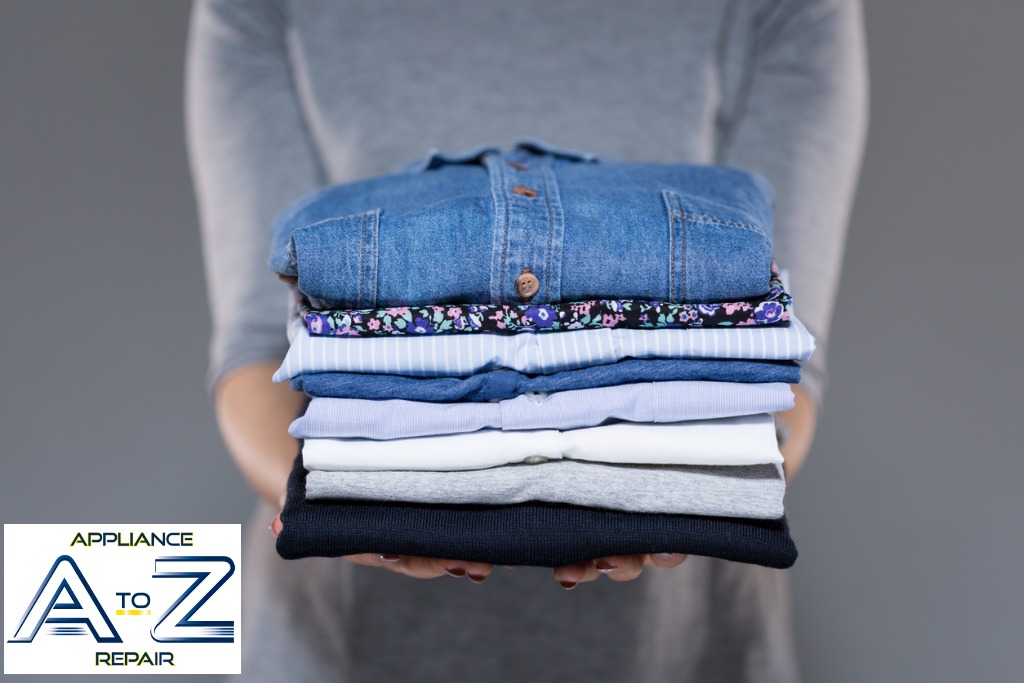
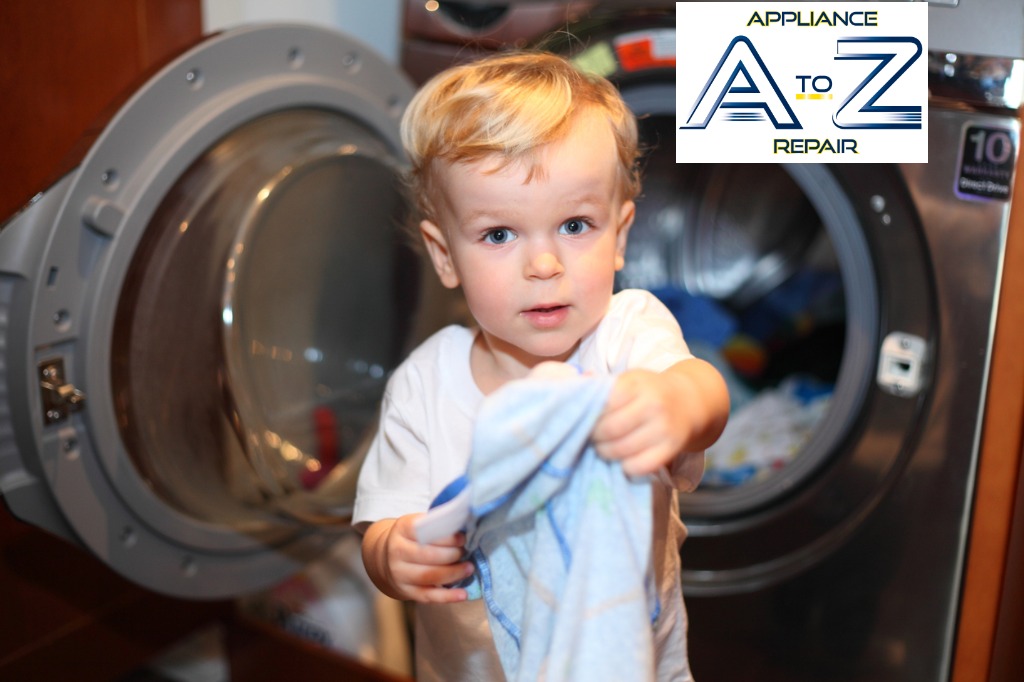

Dryer Repair
Whether you have a gas or electric dryer, there are a number of things that you can do to keep it running longer, better, safer and cheaper. Protecting your appliances with regular maintenance makes good sense.
When a dryer has no heat call to schedule an appointment. Between the fuses, thermostats, heating elements and timers an accurate diagnoses saves you time and money.
We guarantee 100% satisfaction or your money back. See us in action (480) 440-7234.
Consider using a clothesline instead of your dryer. When drying large items like bedspreads, comforters and area rugs, use a clothesline for the bulk of the drying. When the items are almost dry, use the dryer to fluff and soften them for a few minutes before folding.
I just wanted to say thanks for the phone diagnosis of our wash machine. Dealing with Leonard helped me save quite a bit of money. He was able to diagnose my problem over the phone and gave me honest answers to what I should do (buy a new machine) even though it meant taking business away from him on the services repair. I would recommend someone like Leonard to people that require a maintenance repair and that he's in it to truly help. Everyone else requests $75 just to come onsite and they offer zero phone support. You can't beat A to Z appliance repair's $50 price. Thanks and I'll keep your number for the next time.
Mike K
This past summer my home was hit by lightning and my oven was fried. I called a repairman that was recommended by a co-worker and set up an appointment that he failed to show for. After going back and forth with him for nearly 3 weeks, I gave up on him and called Leonard at A to Z Appliance. He responded very quickly and fixed everything. He was very thorough and professional. I was so pleased with the service, that when my dishwasher quit, I didn't waste any time at all...I just called him immediately! I felt very comfortable having him in my home and he will be the first and only one I will ever call again for appliance repair. The cost was very reasonable. Thank you!
Heather Hobbs

Leonard at A to Z was amazing! Our washer wasn't agitating, nor was it draining. All it was doing was making a humming sound. We were very nervous this could be a very costly issue. We called Leonard, we told him the issue. He came out early the next morning, punctual, professional and on time. He diagnosed the issue in mere moments. His assessment was spot on and honest. Our 2yr old son's sock had clogged the line. Professional, courteous and affordable. Thank you Leonard, you have earned a lifetime client.
Julie and Gentry
I just want to thank Leonard for his kind and good old fashion service on my Kenmore refrigerator.
Even before he came over to look at my problem he walk me though and tried to troubleshoot it so he could save me the cost to come over.
Once he did come over and fixed it he took the extra step to help out with another issue I was having.
Leonard is a true professional with common sense values and I would highly recommend him for any appliance problems you may have.
Thanks again Leonard for all of your help.
Tim Lodderhose
